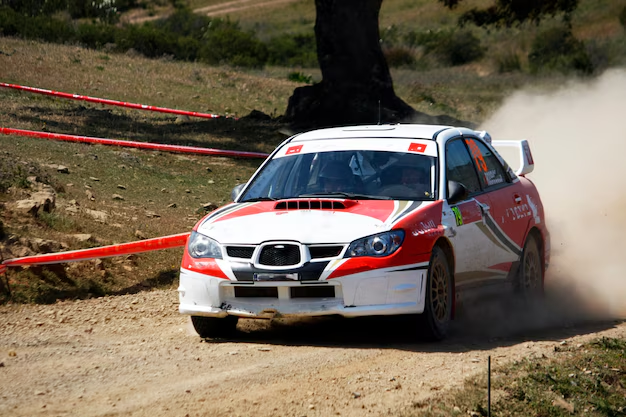Rally motorsport plays a crucial role in pushing the boundaries of automotive technology. Manufacturers around the world use rally racing as a testing ground for their vehicles, fine-tuning performance and durability in extreme conditions. The brutal terrain of rally stages provides a unique environment to test a car’s ability to handle extreme weather, rough surfaces, and high speeds. As a result, the cars that participate in rallies are often at the forefront of automotive innovation. Technologies like advanced suspension systems, turbocharging, and all-wheel-drive systems were all initially developed for rally racing and later made their way into consumer vehicles.
Rallying has also had a significant impact on safety technology. Manufacturers have invested heavily in developing crash safety systems, roll cages, and fire-resistant materials, all of which have been tested and improved in rally environments. These innovations not only enhance the performance of racing vehicles but also improve the safety of everyday drivers. The technology developed in rally racing often trickles down to the consumer market, making rally motorsport an essential part of the broader automotive industry’s progress.
Rally cars need to maintain stability and comfort over uneven surfaces, which is why manufacturers have developed long-travel suspension systems with adjustable dampers. These systems allow drivers to tune their suspension based on the terrain, ensuring that the vehicle remains stable, the tires stay in contact with the ground, and the driver maintains control at high speeds.
Impact on Consumer Vehicles:
The suspension technology developed for rallying has significantly influenced off-road and performance cars. Today’s SUVs, trucks, and sports cars often feature advanced suspension systems like adaptive dampers, air suspension, and active roll bars that originated in rally racing. These innovations provide better handling, ride comfort, and durability, especially when driving on rough or uneven surfaces.
Rally motorsport is inherently dangerous, with drivers frequently pushing their vehicles to the limit and often encountering hazardous situations. The high-speed nature of rally racing and its rugged terrain have led manufacturers to focus heavily on vehicle crash safety. Over the years, rally events have contributed significantly to the development of safety systems, including roll cages, fire suppression systems, and advanced seatbelt technology.

Rally motorsport is not just an exhilarating spectacle but a key contributor to the evolution of automotive technology. The extreme conditions faced by rally cars push manufacturers to innovate, testing everything from engine performance and suspension systems to vehicle safety and materials engineering. These innovations don’t just benefit the world of motorsport – they directly impact the consumer market, making cars safer, more efficient, and more enjoyable to drive.
As rallying continues to evolve, the technologies developed in this high-stakes environment will keep shaping the future of automotive design, ensuring that the lessons learned on the rally stage trickle down to the vehicles we drive every day. The symbiotic relationship between rally motorsport and consumer vehicle development highlights the importance of the sport as a catalyst for progress, not just for enthusiasts but for drivers worldwide.
